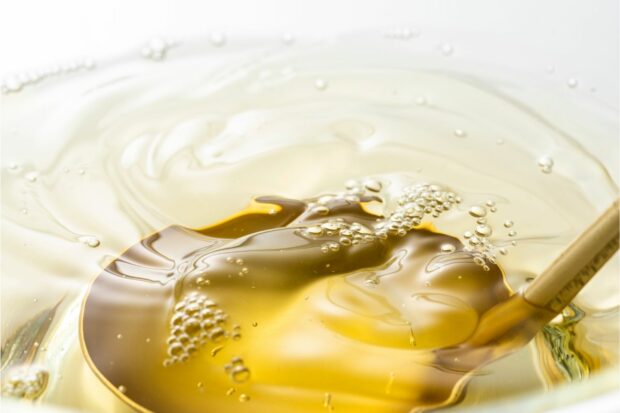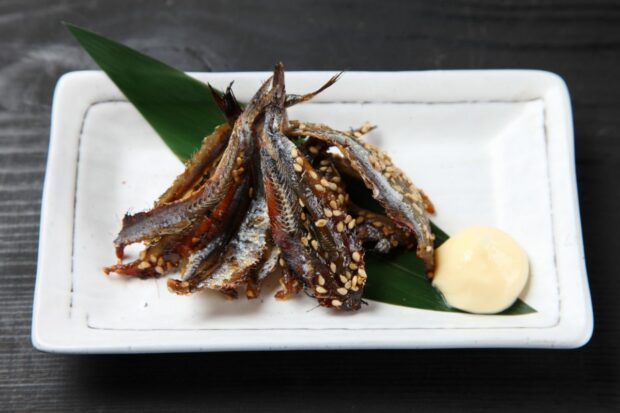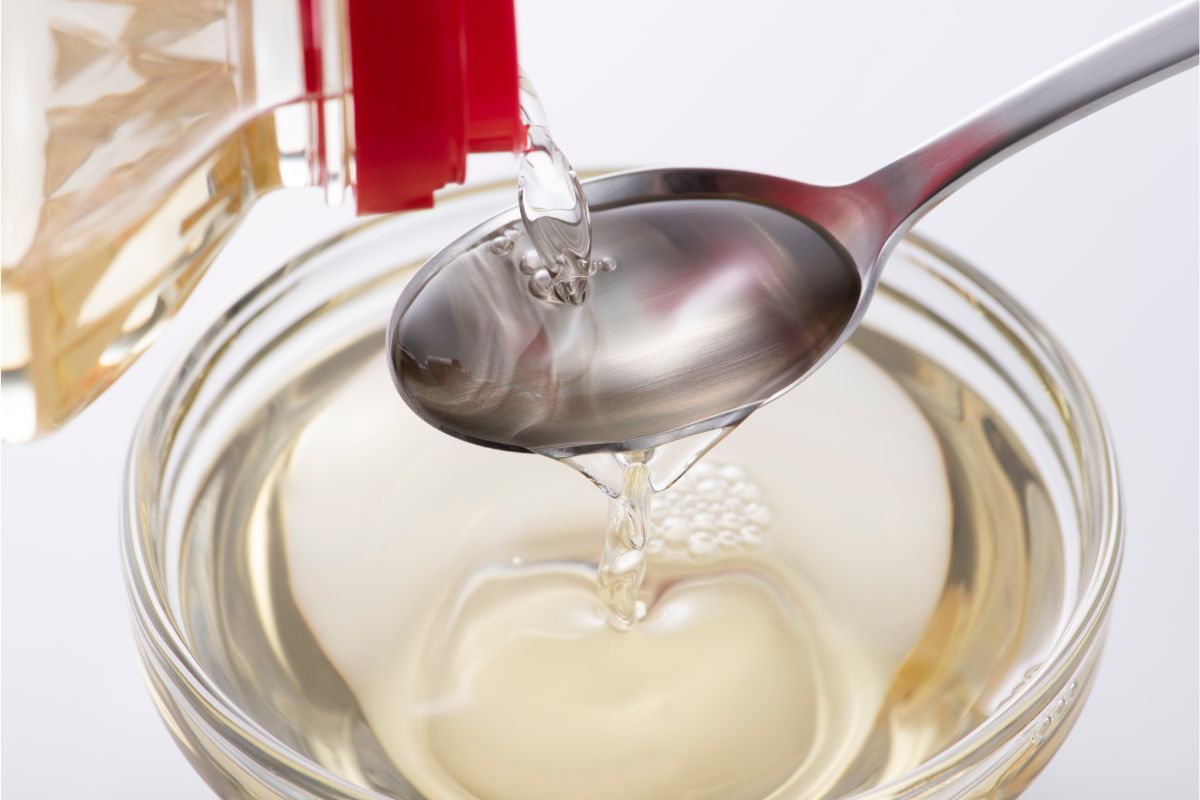If you love Japanese cooking, you already know that sake rice wines are some of the most common cooking sauces. Among these are ryorishu and mirin sauces, and they are found in nearly every Japanese home. This article will tell you a little bit about their differences.

Ryorishu Cooking Sauce
When people refer to sake that is used for cooking, they are often talking about ryorishu. You can also think of it as a very salty type of sake that is undrinkable. Commercial ryorishu sake is usually fermented and used as a seasoning. It is usually made out of alcohol, salt, rice, kome koji, and starch syrup. Some of them, in fact, have alcohol content as high as 15 per cent and can be up to three per cent salt.
A lot of people who cook Japanese dishes use this type of sauce with sugar and soy sauce as they are simmering foods. When this happens, the alcohol content will evaporate, and it gets lower as a result.
If you are cooking fish with this type of cooking sauce, it will remove the “fishy” scent so that the food smells a little less strong. It also tenderizes the food to make it juicier, and it allows any other seasonings you might add to penetrate the food better, which gives the dish a full and delicious flavor.
Ryorishu cooking sauce isn’t just an ordinary cooking sauce. It is a great complement to any dish because it brings out the best flavor of whatever you’re cooking and makes it so much tastier in the end.

Mirin Cooking Sauce
Unlike ryorishu cooking sauce, mirin cooking sauce is drinkable and has a nice sweet flavor that most people enjoy. It is an aged cooking sauce that is made out of kome koji, mochi gome, and alcohol.
Kome koji is a malted rice, and mochi gome is a glutinous rice.
Mirin also goes by the name of hon mirin, which translates into “real mirin” cooking sauce. With a high alcohol content of 13-15 per cent and a sugar content of 40-50 per cent, it’s easy to understand why it makes your dishes taste so good.
The reason it is often called hon mirin is so it can be distinguished from something called mirin-fu chomiryo, which is translated to “mirin-like seasoning.” Mirin-fu chomiryo has a very low alcohol content of around one per cent or less.
When you use mirin cooking sauce with soy sauce when simmering foods, the alcohol content gets lower than 40-50 per cent, so in the end the amount of alcohol drops significantly. It still gives a lot of flavor to the foods you’re cooking, however.

Like ryorishu cooking sauce, mirin cooking sauce gets rid of the fishy smell and helps the other seasonings infiltrate the food so that it tastes better. In addition, this is a great sauce to help keep your fish and other foods from falling apart as you cook them. It enhances the flavor of the meal, gives the food a nice shiny look, and adds a bit of sweetness to it.
Should You Use Ryorishu or Mirin?
If you’re not sure which one of these cooking sauces to use, consider this:
- Use mirin cooking sauce when you want the foods to taste sweet and not fall apart.
- Use ryorishu cooking sauce when you want the foods to taste salty and more tenderized.
Both mirin and ryorishu cooking sauces are cooking sakes made with rice, but in many ways, that’s where the similarities end. Mirin has less alcohol and more sugar than ryorishu does, and the latter has so much salt that you cannot even drink it, but it is still good for cooking. This is also one of the reasons you can find ryorishu cooking sauce at restaurants that do not have licenses to sell booze. Chefs often choose one cooking sauce over the other for convenience only.
Both are a type of sake because both are made with rice, and both can add a lot of flavor to whatever you’re cooking. If you prefer salty over sweet or vice versa, this will help you decide which sauce to use for your next Japanese dish.
